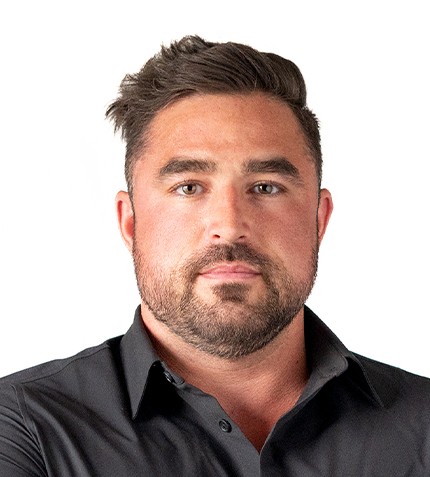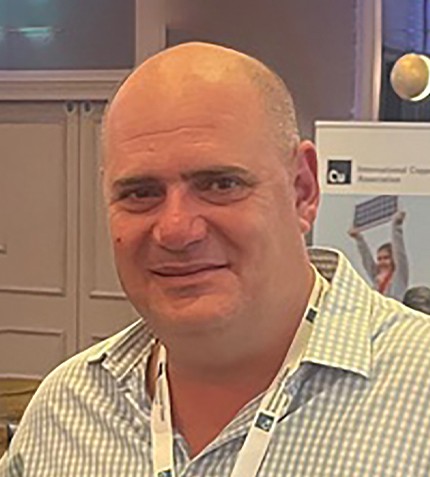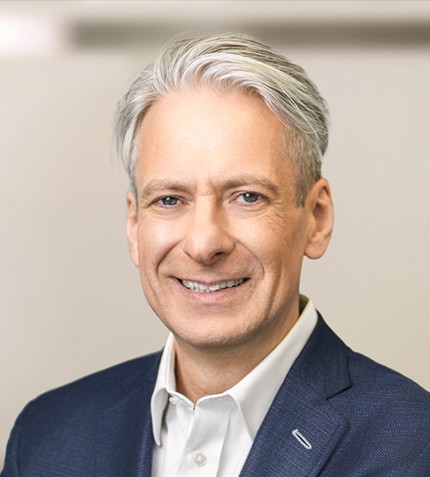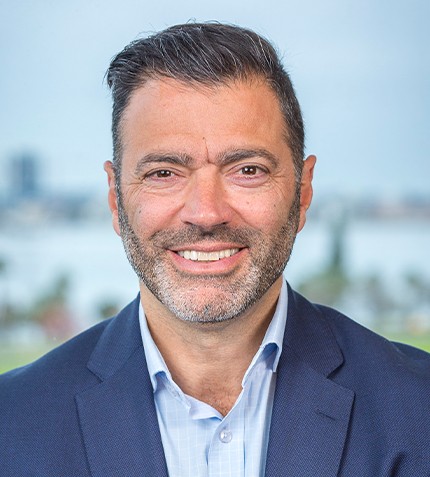
"For iron ore, our logistics infrastructure is quite competitive. We have three different railways, two out of Minas Gerais and one out of Carajás, and very good ports."
Julio Nery
DIRECTOR OF SUSTAINABILITY AND REGULATORY AFFAIRS, IBRAM
Could you provide an update about IBRAM, its mandate and current initiatives?
IBRAM is the main mining association in Brazil, with 140 members across the whole supply chain of the industry. Over half of the members are mining companies, and we represent over 85% of the Brazilian mineral production.
We work to influence the regulations from the states and the National Mining Agency, trying to keep them in line with what can be applied in the real world, as sometimes regulations exceed the companies’ capacity. We have an ESG agenda covering 12 main topics including energy consumption, water, tailings dams, safety and community relations. We also have a ‘Mining Hub’ where we work with innovation projects and start-ups to solve challenges in the mining sector. Finally, we organize the main event in Brazil’s mining industry: Exposibram.
Could you explain the recent regulatory initiatives to increase royalties and fees?
There was a huge increase in royalties in 2017, and year by year we see attempts to increase them further. This said, what worries us is the charges over inspection fees (TFRM) by states and municipalities. The states of Pará, Minas Gerais and Amapá started collecting these fees and our supreme court declared that these charges are legal. However, we are being charged double the real cost of the inspections, so we are engaging in the discussion about how much they should be charging. It is a big expense, and TFRM could spread to the whole country.
What is the potential of Brazil for battery metals and fertilizers?
Our projection is that the total capex in the industry will be US$50 billion for the period 2023-2027, up from US$40.4 billion for 2022-2026. The pipeline of projects includes big investments in copper in Bahia, Mato Grosso and Pará, for a total of US$4.47 billion, which is a 51% increase over the previous estimate. We also have a new polymetallic operation at Aripuanã by Nexa. For the future, we expect more investments in copper in the Carajás region, and there is also big potential for lithium. We have three lithium producers in Brazil and four companies doing exploration, with good potential in the north-east of Minas Gerais for pegmatite deposits (hard rock extraction).
Agribusiness plays a huge role in the country’s economy, but we import over half of the country’s needs for phosphates. We have new phosphate projects, so what we really need is new potassium mines, as we only have one operation and it only covers 5% of Brazil’s demand. There is a new big project in the Amazon, but it will take a few years to start operations.
What is the logistics setup to continue promoting the iron ore industry?
For iron ore, our logistics infrastructure is quite competitive, probably better than for other minerals. We have three different railways, two out of Minas Gerais and one out of Carajás, and very good ports for iron ore export. Recently, we had a big investment by Vale in the Carajás railway, and today, the main project in Brazil is by Bamin, with a new railroad in Bahia and a new port. For 2023, we expect both production and price levels in iron ore to remain similar to 2022, although during the first months of 2023 the iron ore prices have seen significant volatility.
What is the situation of tailings dams in Brazil?
Following the accidents in past years, we work a lot on the sector’s self-regulation to improve standards, bringing in the ICMM’s new tailings standard, and also the Mining Association of Canada’s TSM – Toward Sustainable Mininginitiative in Brazil.
The main challenge we have is the de-characterization of tailings dams, a concept created by the Brazilian legislation that is not very clear. It is similar to decommissioning, either disposing tailings within a pit, building infrastructure to safely dewater the dam, or making sure it will be able to contain all the rainfall. We have an enormous amount of work ahead, and capex is expected to be above US$4 billion in this area in the next five years. Beyond cost, the issue here is the very tight deadline to decommission over 50 dams.
What can be done to attract more exploration companies to Brazil?
We have to improve our framework for investment in exploration. Most of the juniors look for capital in Canada or Australia. At IBRAM, we are working with other associations and BNDES to improve the financing opportunities for companies active in Brazil. In terms of regulations, last year there was a new resolution by the National Mining Agency to modernize the methodologies to report resources and reserves. Another aspect that should change is the system to obtain concessions for exploration. And finally, environmental licenses take too long in Brazil, and this could be improved.
Could you give a final message to our readers?
Brazil offers the technical conditions to develop a mine. We have the knowledge, the technology and the operational experience, with a trained workforce and availability of energy. We need to invest in mapping and improving our geological knowledge, because we have enormous potential in many minerals.










